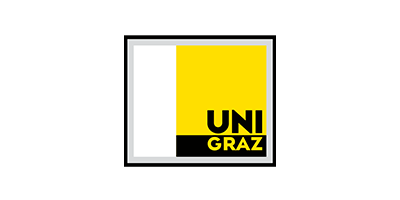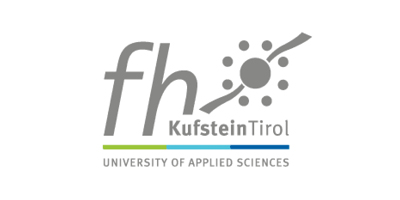Karl-Franzens-Universität Graz
What was your starting point?
The cash planning data were loaded from SAP, converted into a financial plan via Access and Excel, and then written back to SAP to be prepared for the reporting system using a business warehouse. This procedure involved a large amount of manual work, which made it susceptible to error, and checking it all afterwards was always a huge effort.
What were your highlights?
The planning and classification of business transactions using structural units is very straightforward; actual and plan data in structural units can be merged. The data transfer to the structural units via import routines has considerably reduced the amount of work required and minimized the error rate.
In addition, the logic blocks of the Corporate Planning software enable it to learn the way we plan, which creates plenty of possibilities for automation. Projections, as well as the reporting of the plan, projection and actual figures, can be implemented quickly and transparently in Corporate Planner. This means that, among other things, a rapid display of custom overviews and tables is possible for every user.
What lessons have you learned?
When preparing for the implementation, a thorough check of all back-office systems and interfaces that are going to supply data to Corporate Planner is advisable. This will result in efficient import systems with a high level of automation.
The complexity of reporting structures and displays that have evolved over the years should also be closely examined beforehand. You should ask yourself whether Corporate Planner can produce different, simpler displays and reports that are equally informative. Otherwise you’ll miss the opportunity to use the implementation effectively to streamline your existing structures.
About the University of Graz
The University of Graz, founded in 1585, is Austria’s second-oldest university and one of the largest in the country. Many excellent scientists, including six Nobel laureates, have taught and researched here. With 31,000 students and 4,300 employees, the university contributes significantly to the vibrant life of the Styrian capital. Its location in Europe is conducive to a lively scientific, economic and cultural exchange with south-east Europe, from which not only the city benefits, but also its educational institutions.
"For us, the Corporate Planning software means automation instead of error-prone manual processes, simple solutions instead of complex structures, and higher speed in planning – including forecasts – and reporting."
Thomas Wendler, MSc
Financial Planning, Reporting and Projects



